Gut-Brain Circuits for Fat Preference
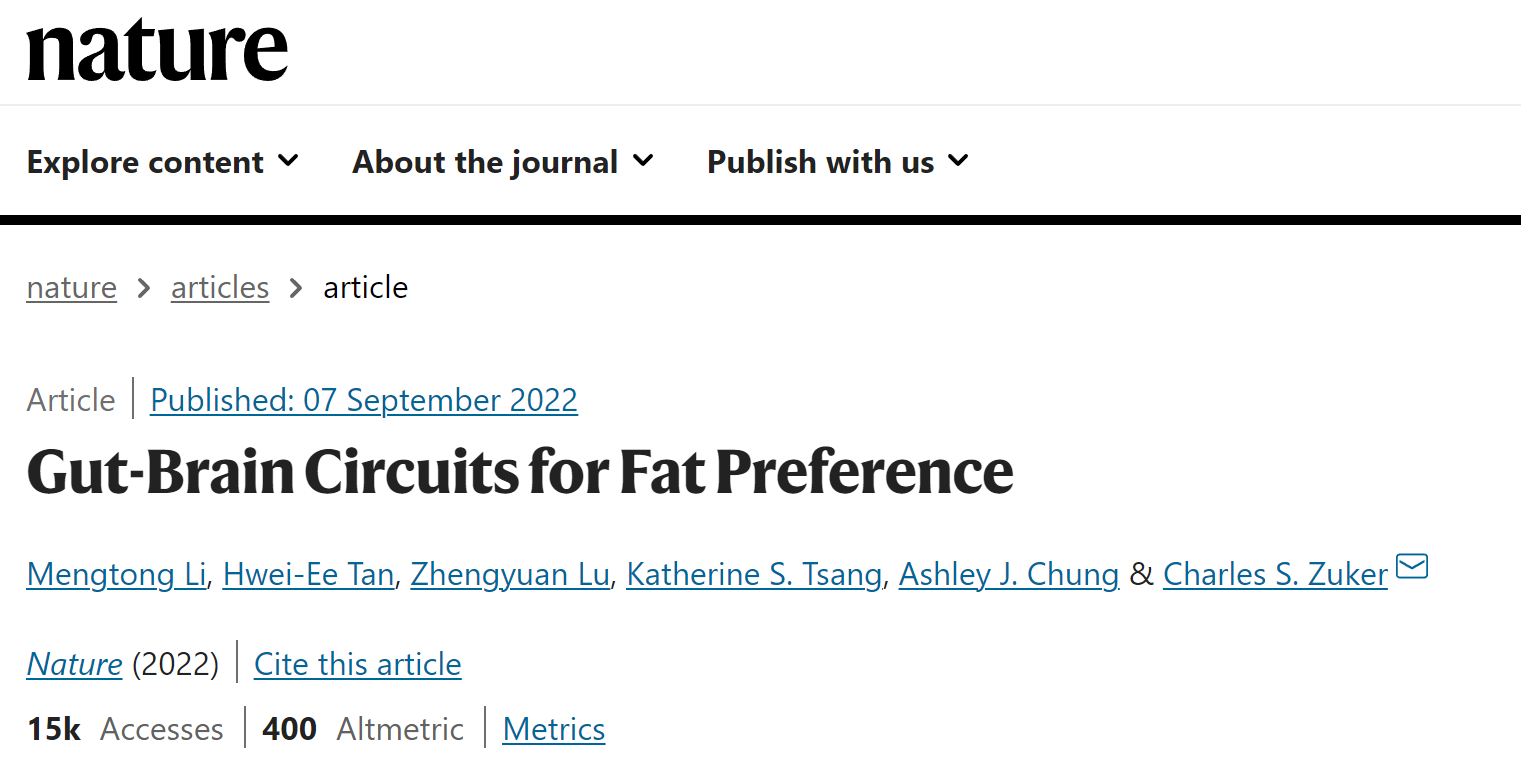
Research Abstract:
The perception of fat triggers a strong appetite and refinement response. Fat stimulation induces behavioral attraction even in the absence of a functional taste system. The results suggest that fat acts through the gut-brain axis after ingestion to drive fat preference. Using single-cell data, we identified vagal cells that respond to gut fat delivery and showed that genetic silencing of this gut-brain circuit abolished the development of fat preference. Next, the gut-brain pathways driving preference for fat and sugar were compared and two parallel systems were found, one acting as a general sensor of essential nutrients in response to gut stimuli of sugars, fats and amino acids, and the other only Activated by fat stimulation. Finally, animals lacking candidate receptors to detect the presence of gut fat were engineered and validated for their role as mediators of gut-brain fat-evoked responses. Taken together, these findings reveal that distinct cells and receptors utilize the gut-brain axis as a transit channel for the development of fat preference.
Both developed and developing countries have experienced disastrous increases in the consumption of processed foods high in sugar and fat. These changes in dietary intake are associated with increased malnutrition, including overnutrition associated with numerous metabolic disorders and comorbidities.
Sugar and fat are essential nutrients, so animals have evolved taste signaling pathways that detect and respond to sweet and fatty stimuli to generate appetite and refine behavior. Notably, mice lacking sweet receptors still developed a strong behavioral preference for sugar. These results suggest that taste-independent signaling pathways drive sugar preference. In fact, it has recently been demonstrated that the development of sugar preference is mediated by the gut-brain axis, independent of the taste system. In addition, it was shown that artificial sweeteners, while activating the same taste receptors as sugar on the tongue, do not activate the gut-brain sugar circuit and therefore do not create preference. Taken together, these findings reveal a gut-to-brain post-ingestion gut sugar-sensing pathway that drives sugar craving and attraction. Focus on the neural basis of fat preference. Fats, like sugars, utilize the gut-brain axis to drive consumption. Then, the properties of receptors and neuronal elements that mediate the development of fat preference are dissected. The discovery of post-ingestion mechanisms activated by sugar- and fat-rich foods could provide valuable strategies to modulate sugar- and fat-craving dietary habits and help combat obesity and related diseases, including diabetes and cardiovascular disease.
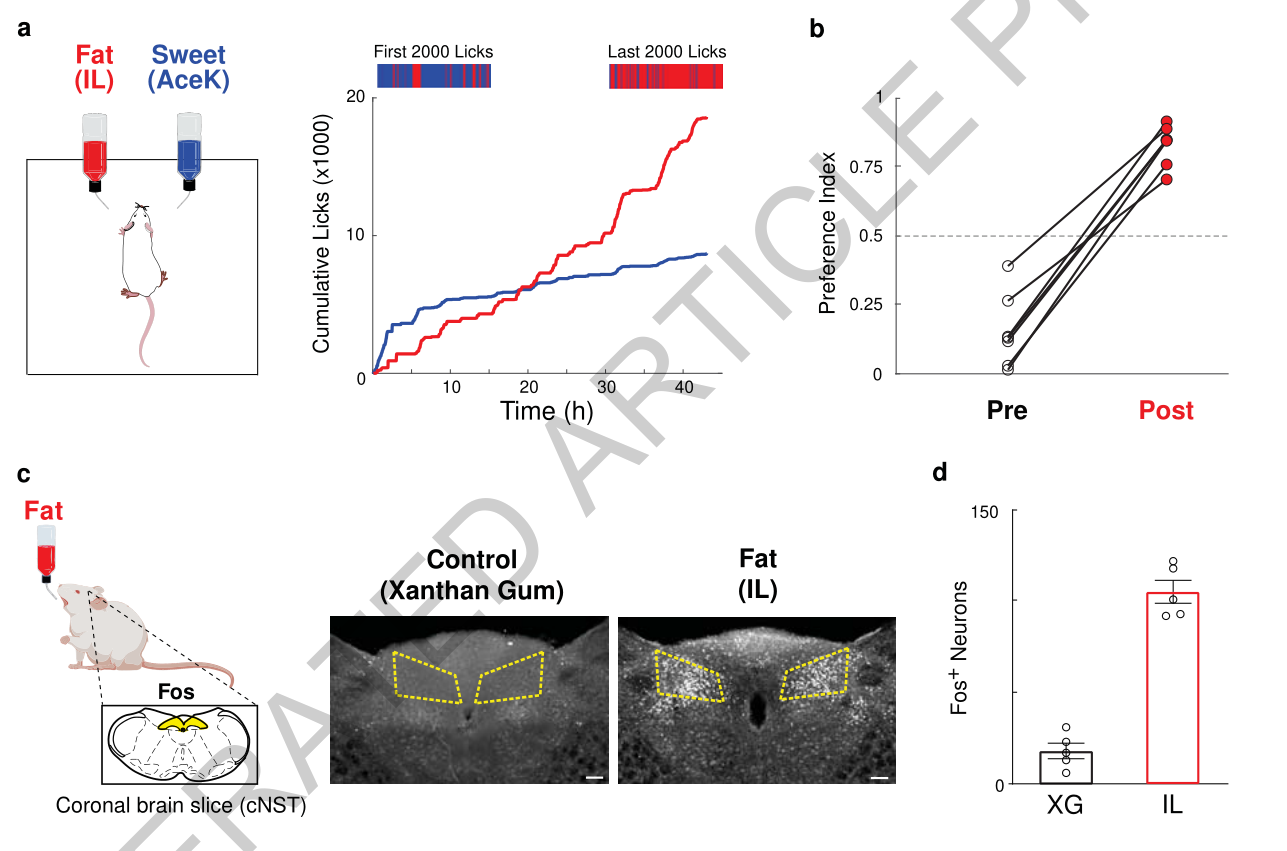
Figure 1: Development of fat preference. a, Schematic depicting behavioral fields; mice were allowed to choose between a fat emulsion (1.5% Intralipid, IL) and an artificial sweetener (3 mM AceK). The graph shows the cumulative number of licks per bottle over 48 hours. The top color bar shows the fat (red) and sweet (blue) lick lines for the first and last 2000 licks of the behavioral test. It was noted that after 24 hours the animals started drinking almost completely from the fat bottle (red trace). b. Preference map of fat and sweetness. In these experiments, mice started to prefer sweet foods, but in all cases they switched their preference to fat (n = 7 mice). c, Schematic diagram of Fos-induced fat stimulation. After ingestion of Intralipid (20%), strong Fos labeling (highlighted in yellow) was observed in cNST, but not the control stimulus (0.3% xanthan gum). Scale bar, 100 µm. d, Quantification of Fos-positive neurons. And count the positive neurons for different stimuli.
Ultimately, the identification of these gut receptors and gut-brain communication lines could help provide new strategies to regulate insatiable appetites for fats and sugars. Furthermore, they clarify the fundamental difference between "like" and "want". Sweet food liking and fat liking (i.e. an innate attraction to these appetitive stimuli) are the result of activation of the taste system. On the other hand, wanting sugar and fat is the gut-brain axis.
All in all, this latest study from Nature provides a better understanding of the molecular and cellular mechanisms that drive fat cravings in humans and animals. Every biological step, from the gut to the brain, is critical to the fat response, and intervening in these biological steps may help us find entirely new ways to fight obesity.





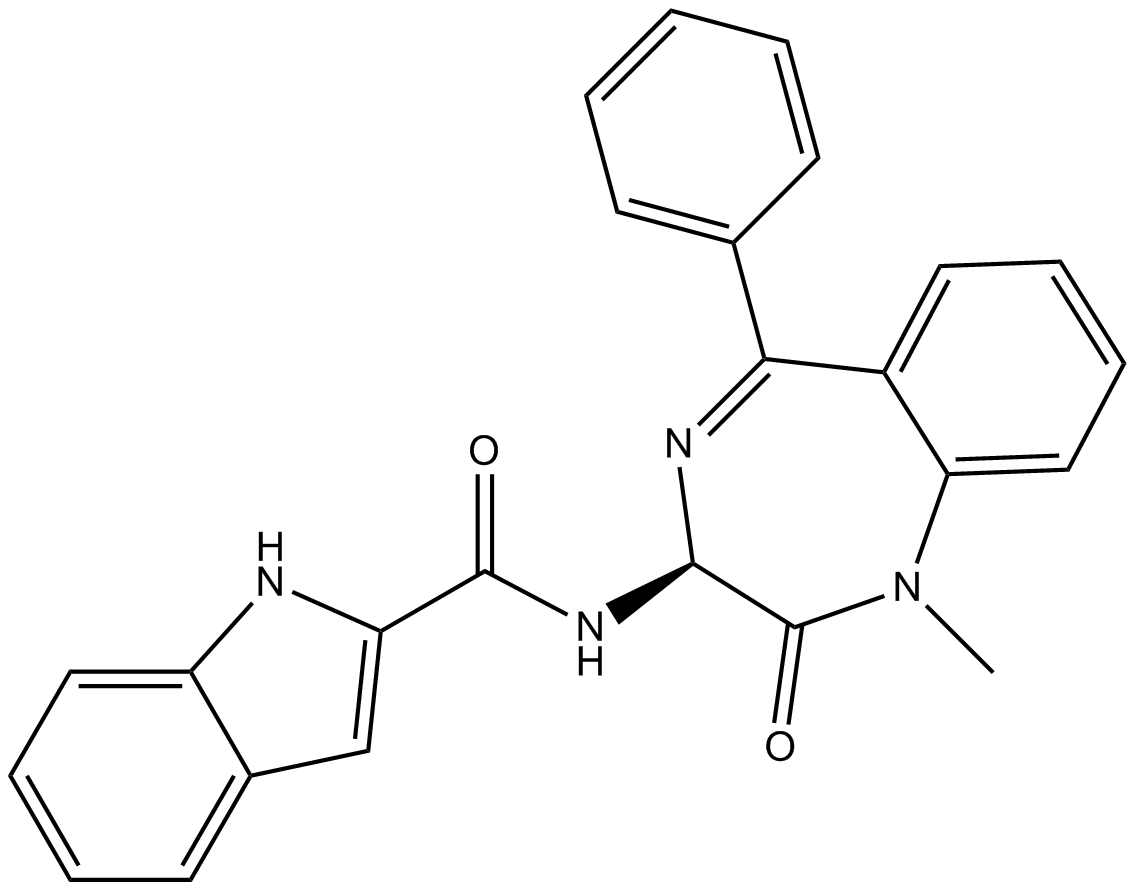
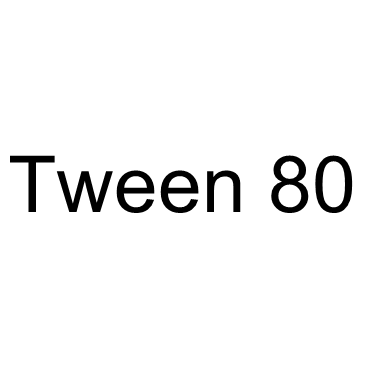
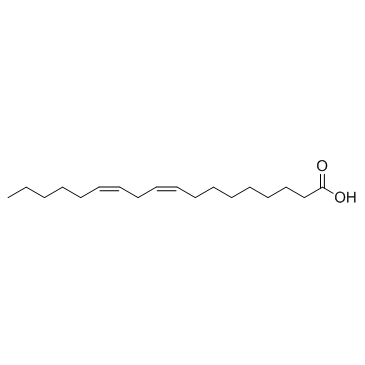
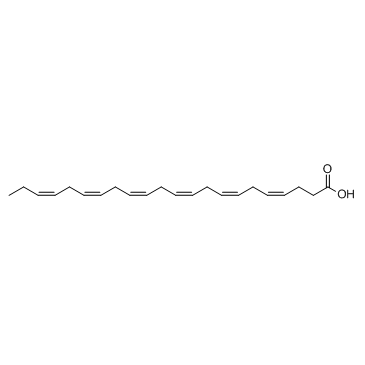









Kommentare